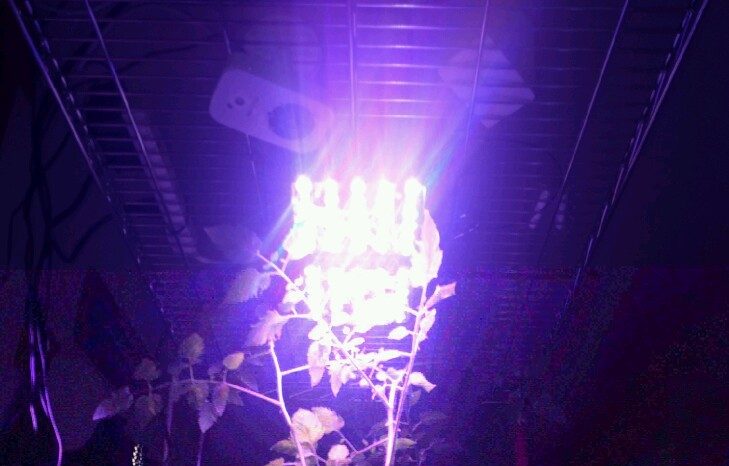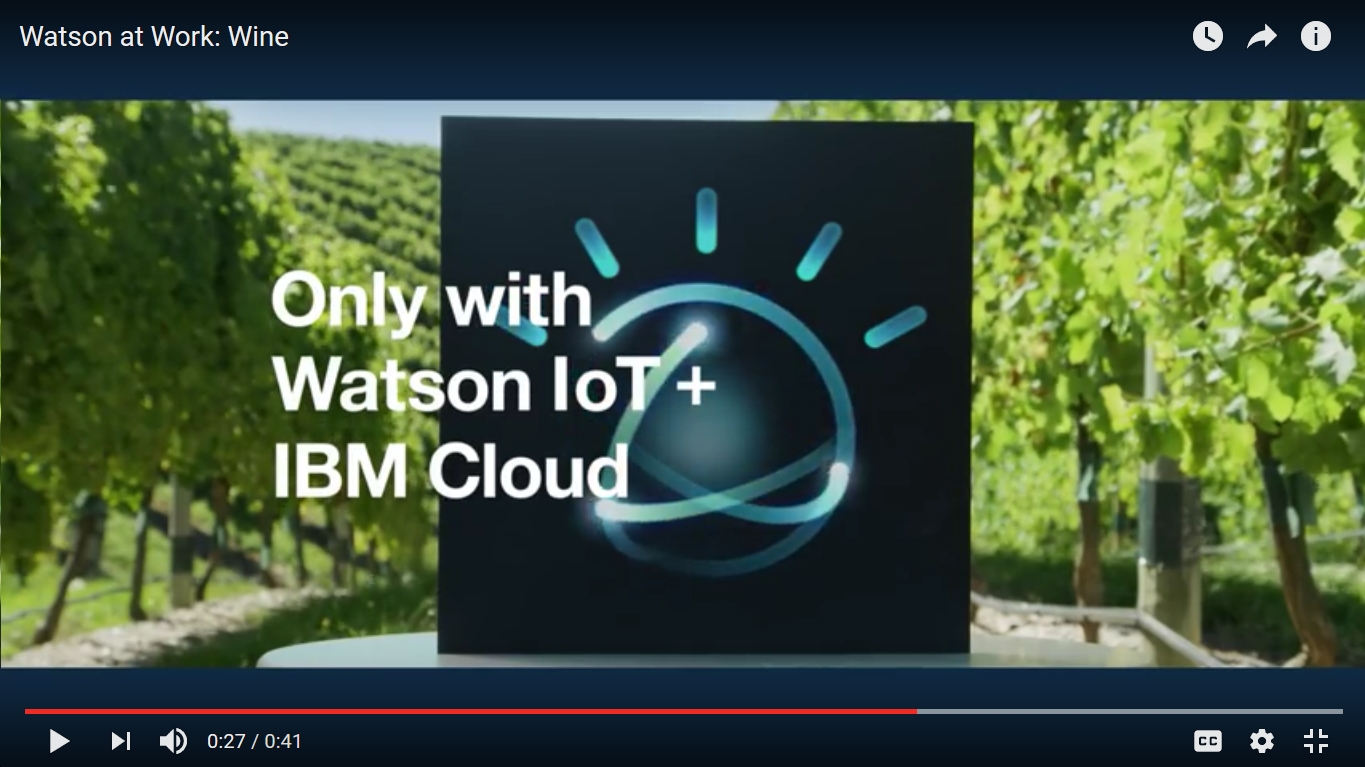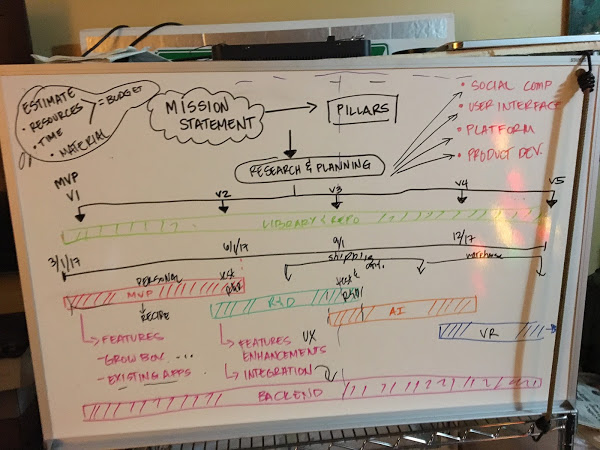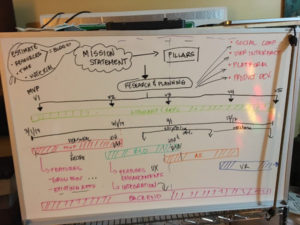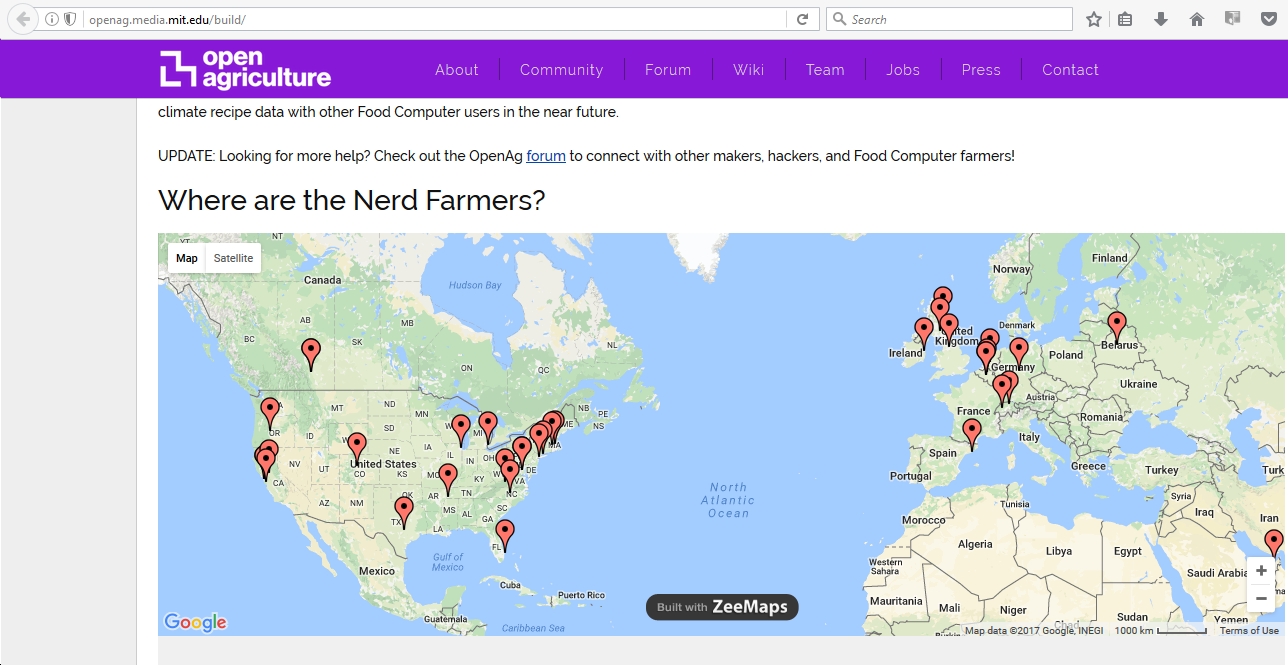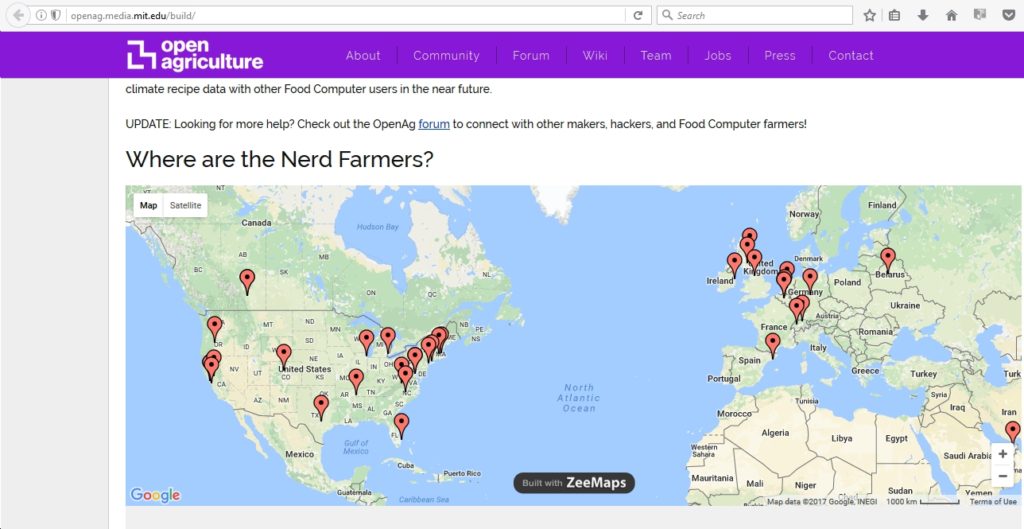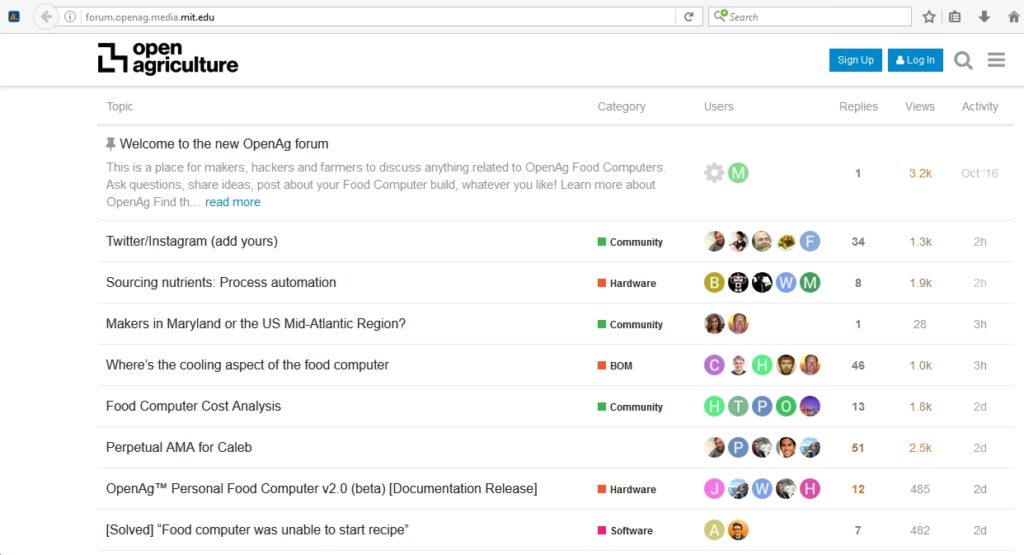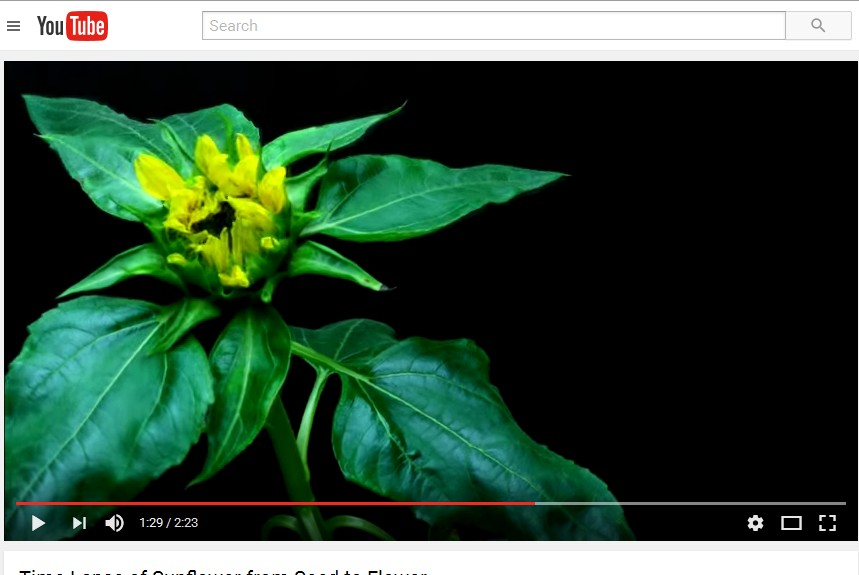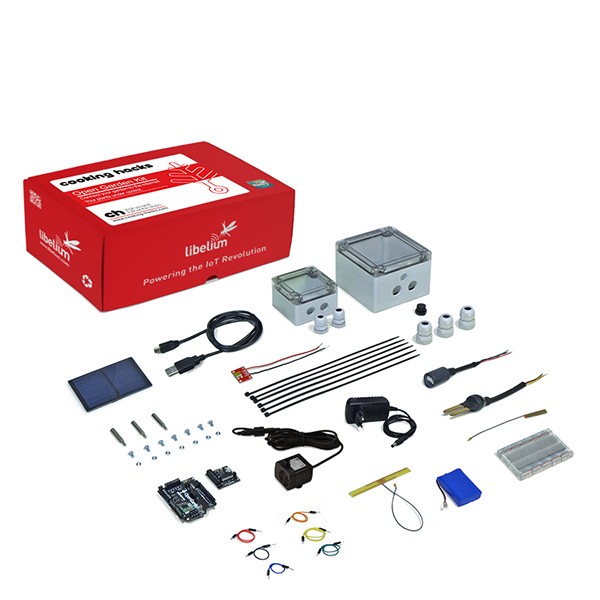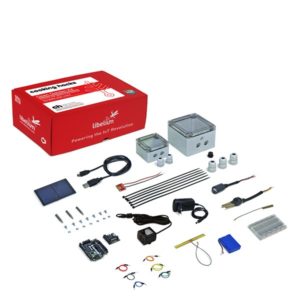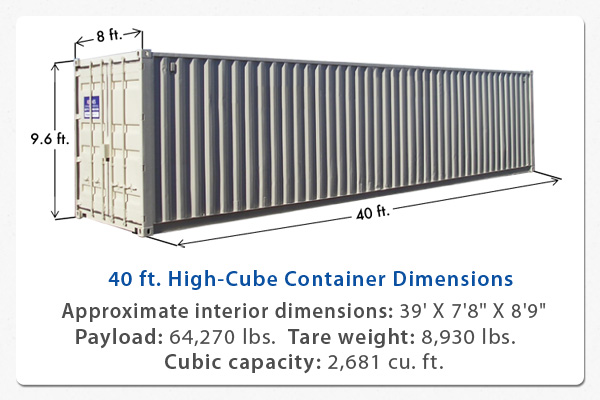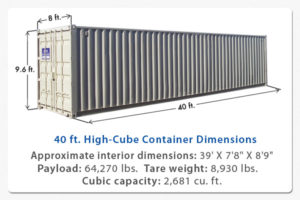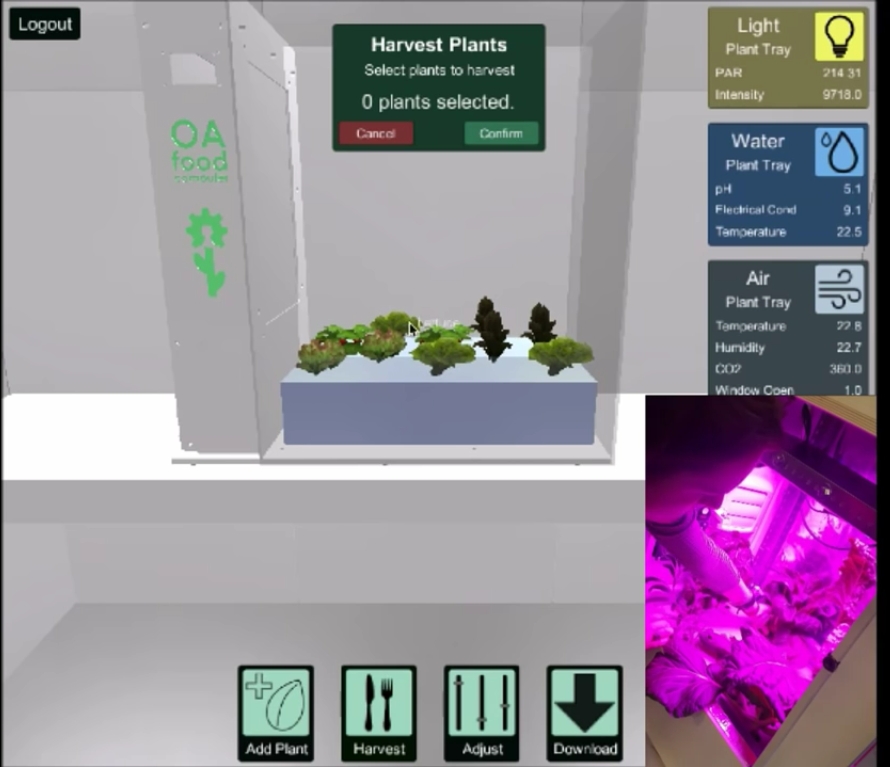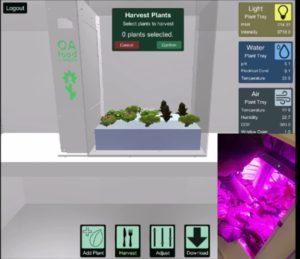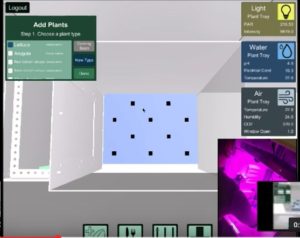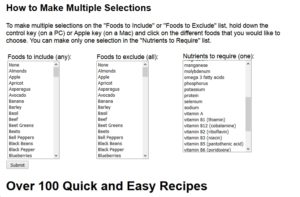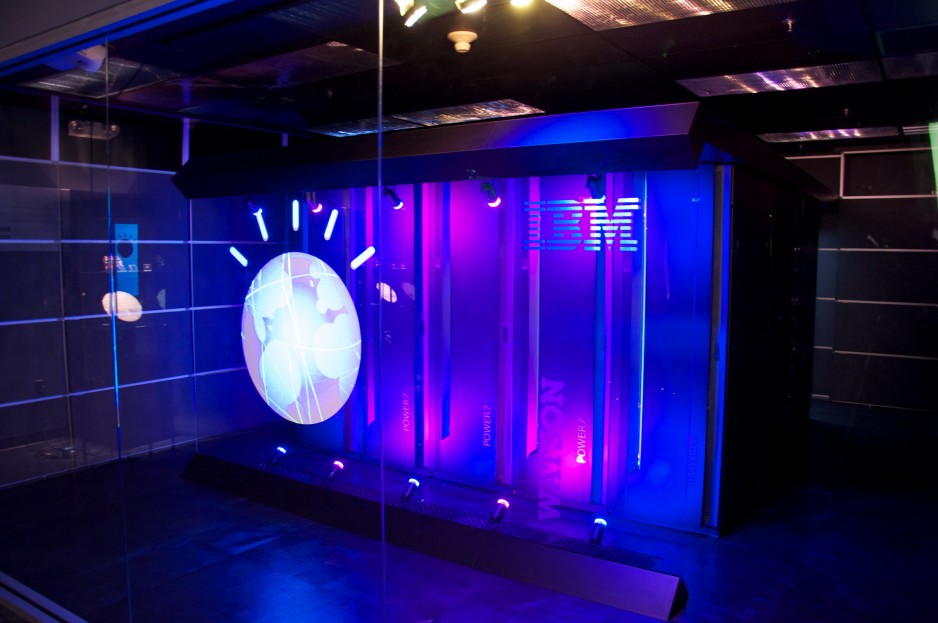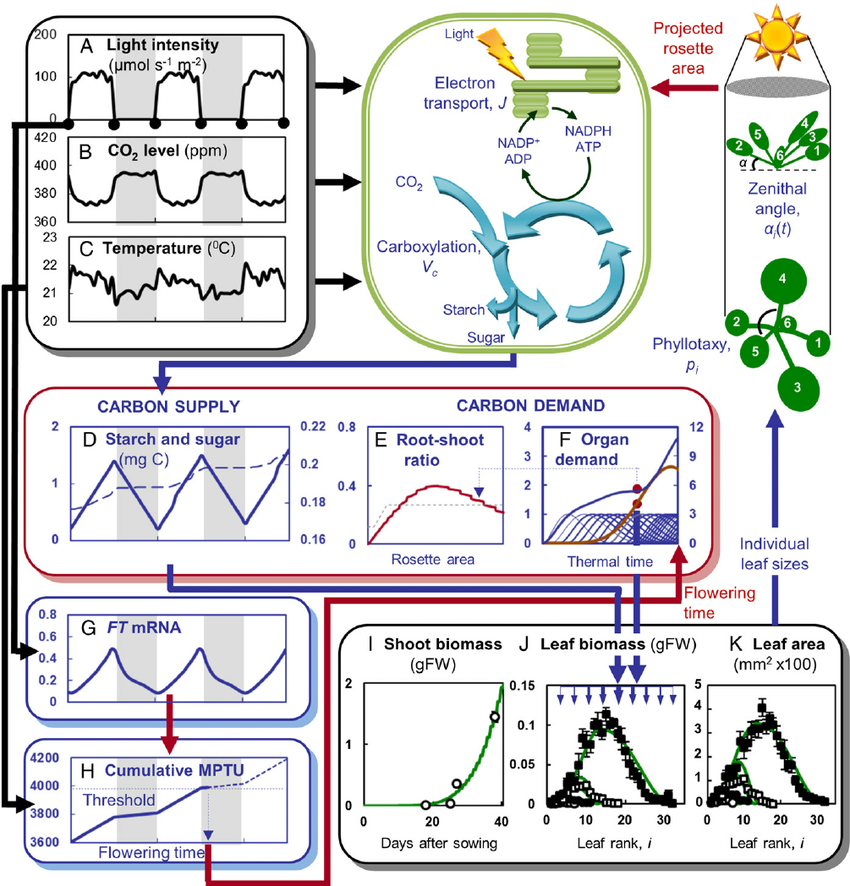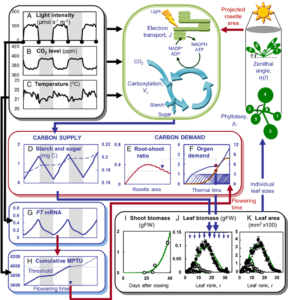Building an Enclosed Automated Garden has been a goal for many years as a solution for combating insects and harsh climate environments. NASA has been doing research and studies on this type of gardening for years so that they could grow food for astronauts in space.
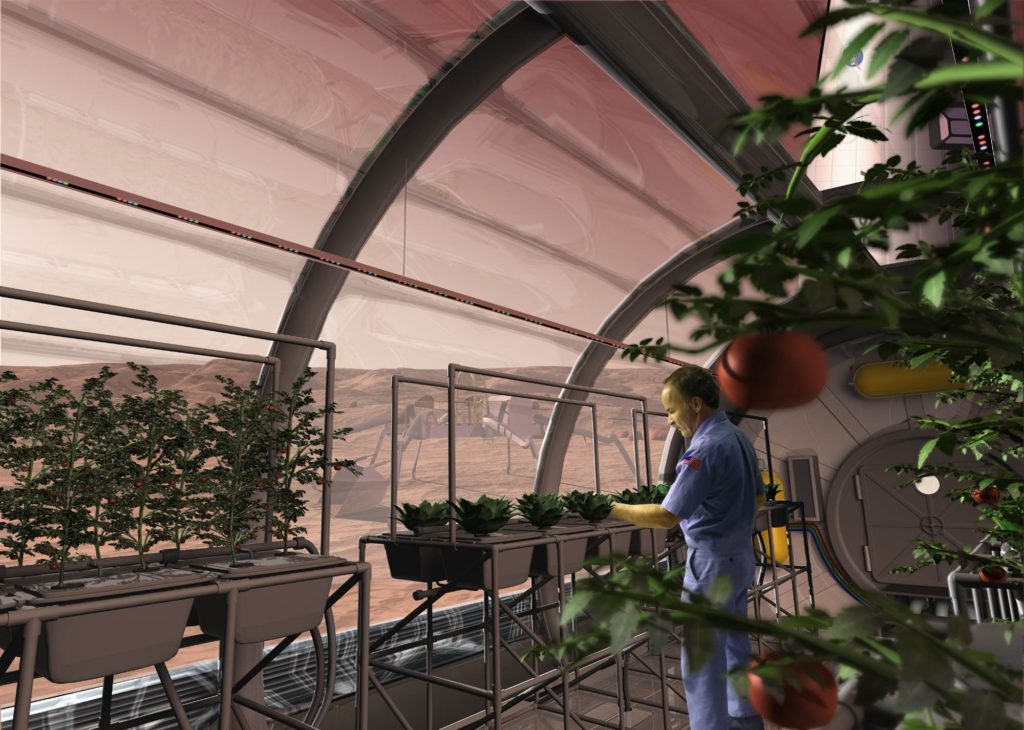
“As NASA prepares the Space Launch System rocket and Orion spacecraft for Exploration Mission-1, it’s also turning its attention to exploring the possibilities of food crops grown in controlled environments for long-duration missions to deep-space destinations such as Mars.” – NASA Plant Researchers Explore Question of Deep-Space Food Crops
By Linda Herridge Feb. 17, 2016
NASA’s John F. Kennedy Space Center
Currently Food is being grown in space on the International Space Station.
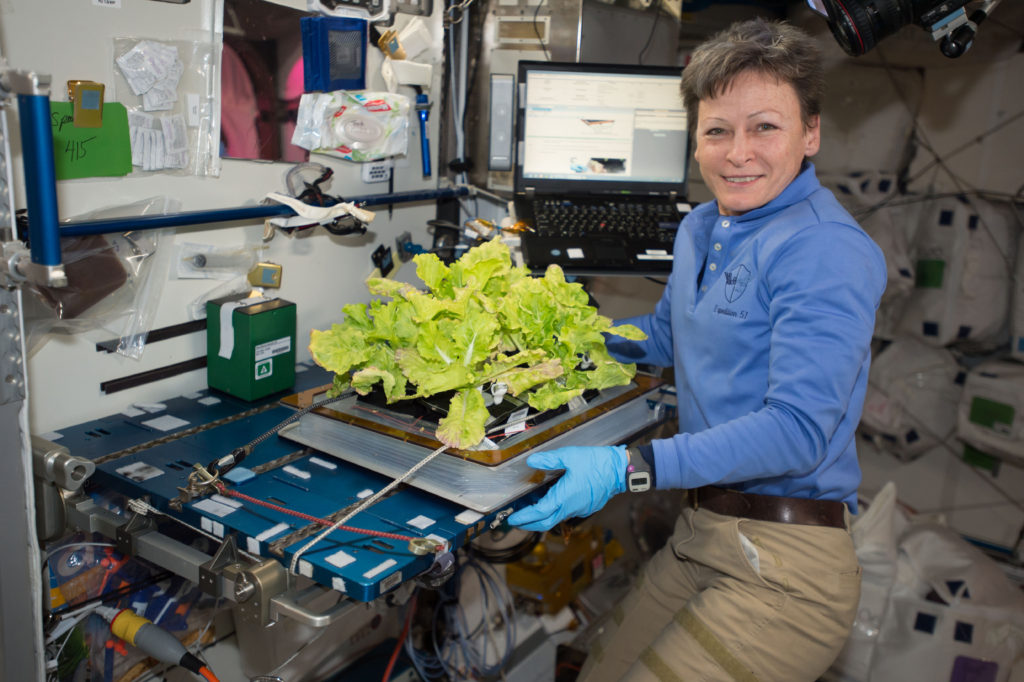
We Grow Live has built a prototype that is a design prototype in the most raw form imaginable. The unit is producing limited growth at the moment due to a lack of attention and funding from Lee West, as he has been traveling the country to acquire land for future projects. *Updated 2/22/2021* Land has been secured and a CSA type model will be in place for Delta County Colorado for the 2021 season.
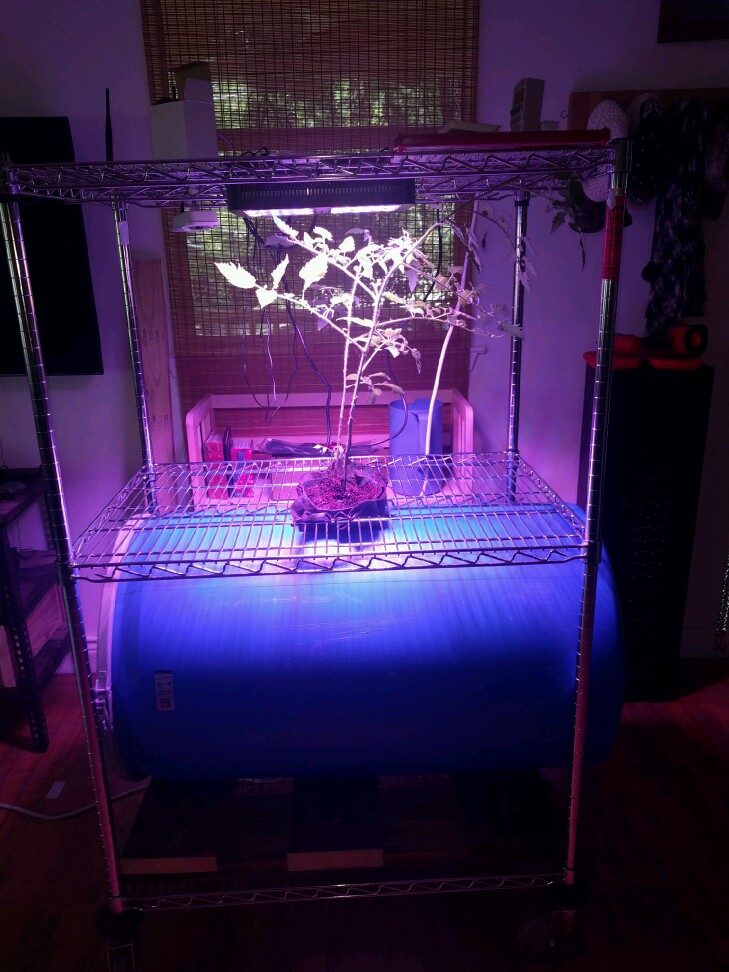
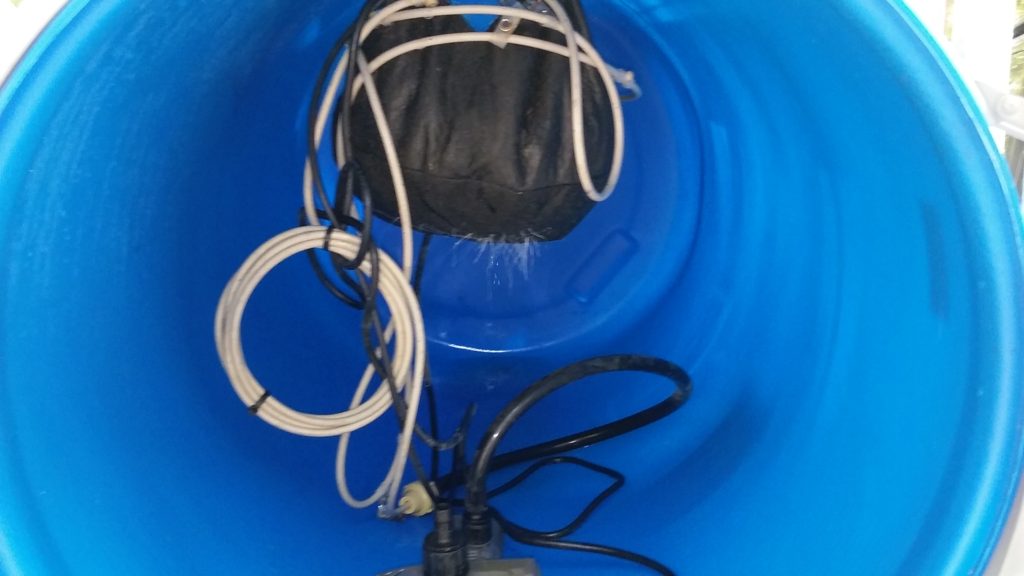
In the image above the water was drained out to do maintenance. The largest pump was left on and the hose was clogged so that led to a motor burn out. A typical problem in pump dependent gardens usually using Hydroponic and Aeroponic methods. One of the main reasons to have LIVE monitors for sensor and actuator failures, or drastic readings for water temperature, ambient temperature, light strength and many more concerning events, would be so that proper modifications can be made remotely. Leaving town is an impossible feat for most gardeners who do not have skilled workers to maintain the status quo whilst the gardener is gone.
We Grow Live is attempting to gain crowd sourced funding for this project so that the proper sensors and actuators can be implemented on a small scale to ensure the proof of concept in the entire model. The current prototype shown does NOT have any sensors broadcasting data, sans the IP camera with IR that can see the heat of the light when used in a modified mode. (The OpenAG Project has been shuttered for several reasons in 2019) There is a parts list that was used by M.I.T. with their Open Ag project that totals around $2,500 USD and we estimate that we can under bid that cost, with more industry quality products, and with wholesale prices. We will compare the same square inch of other existing automated gardens, and out perform the current yield of fruit per plant/gallon of water used.
